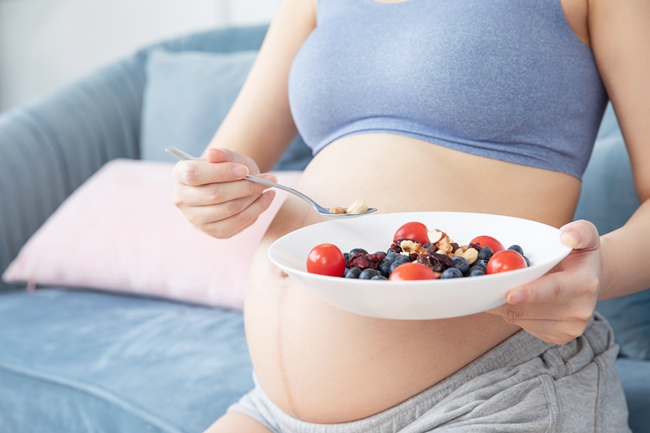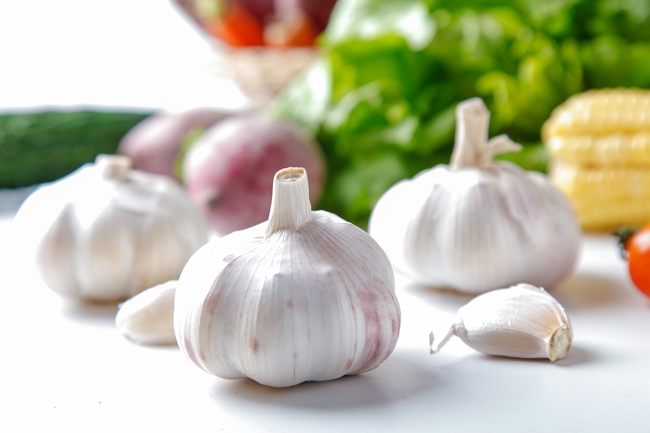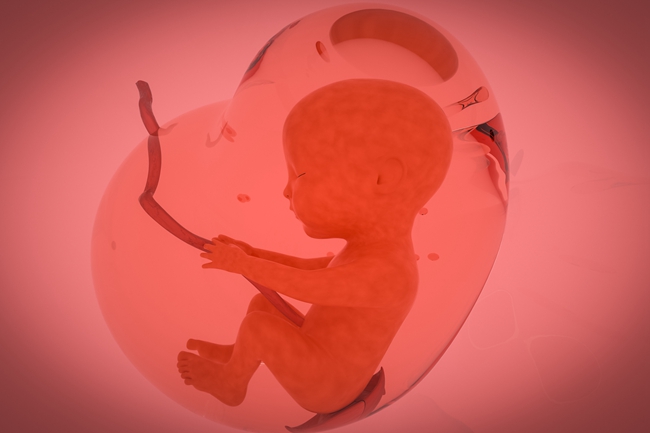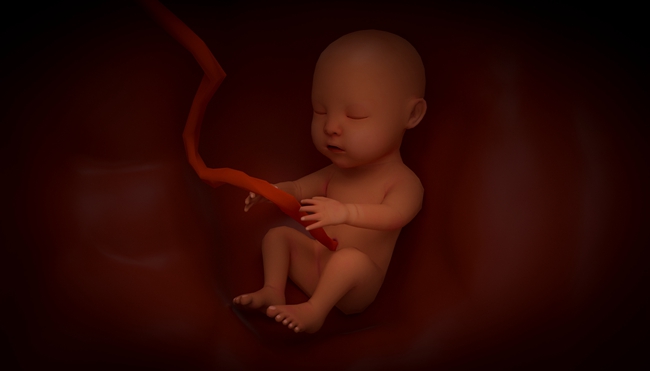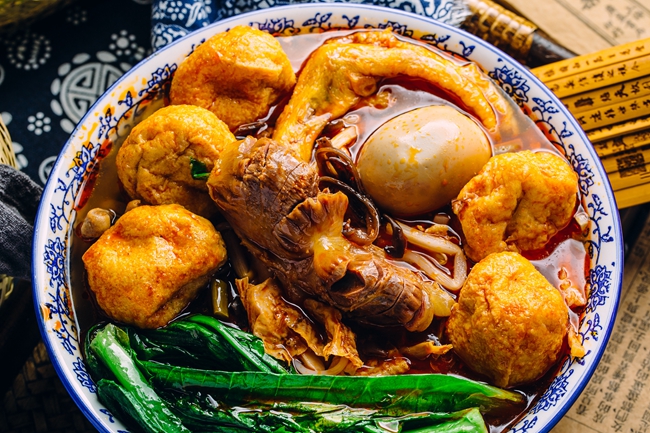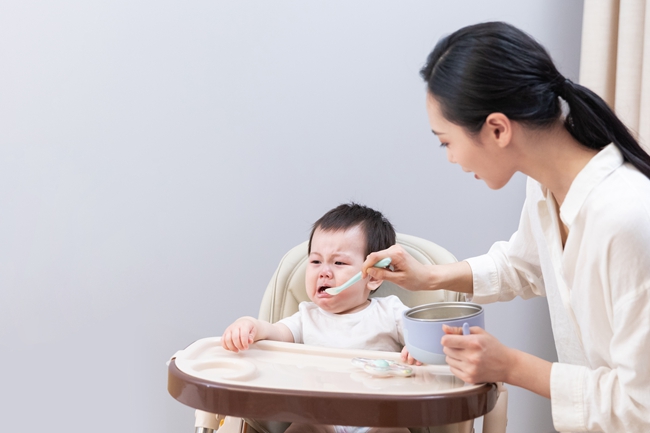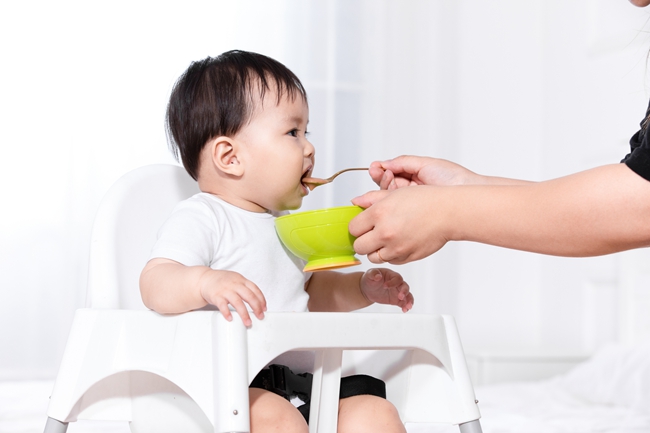[1] Pitkin, R. M.; Reynolds, W. A.; Filer, L. J., Jr.; Kling, T. G., Placental transmission and fetal distribution of saccharin. Am J Obstet Gynecol 1971, 111 (2), 280-6.
[2] Mennella, J. A.; Johnson, A.; Beauchamp, G. K., Garlic ingestion by pregnant women alters the odor of amniotic fluid. Chem Senses 1995, 20 (2), 207-9.
[3] Schaal, B.; Marlier, L.; Soussignan, R., Human foetuses learn odours from their pregnant mother's diet. Chem Senses 2000, 25 (6), 729-37.
[4] Mennella, J. A.; Jagnow, C. P.; Beauchamp, G. K., Prenatal and postnatal flavor learning by human infants. Pediatrics 2001, 107 (6), E88.
[5] Abate, P.; Pueta, M.; Spear, N. E.; Molina, J. C., Fetal learning about ethanol and later ethanol responsiveness: evidence against "safe" amounts of prenatal exposure. Exp Biol Med (Maywood) 2008, 233 (2), 139-54.
[6] Beauchamp, G. K.; Mennella, J. A., Early Flavor Learning and Its Impact on Later Feeding Behavior. Journal of Pediatric Gastroenterology and Nutrition 2009, 48.
[7] Duffy, V. B.; Hayes, J. E.; Davidson, A. C.; Kidd, J. R.; Kidd, K. K.; Bartoshuk, L. M., Vegetable Intake in College-Aged Adults Is Explained by Oral Sensory Phenotypes and TAS2R38 Genotype. Chemosens Percept 2010, 3 (3-4), 137-148.
[8] Eriksson, N.; Wu, S.; Do, C. B.; Kiefer, A. K.; Tung, J. Y.; Mountain, J. L.; Hinds, D. A.; Francke, U., A genetic variant near olfactory receptor genes influences cilantro preference. Flavour 2012, 1 (1), 22.
[9] Lunde, K.; Egelandsdal, B.; Skuterud, E.; Mainland, J. D.; Lea, T.; Hersleth, M.; Matsunami, H., Genetic variation of an odorant receptor OR7D4 and sensory perception of cooked meat containing androstenone. PLoS One 2012, 7 (5), e35259.
[10] Hepper, P. G.; Wells, D. L.; Dornan, J. C.; Lynch, C., Long-term flavor recognition in humans with prenatal garlic experience. Dev Psychobiol 2013, 55 (5), 568-74.
[11] Ventura, Alison K.; Worobey, J., Early Influences on the Development of Food Preferences. Current Biology 2013, 23 (9), R401-R408.
[12] Forestell, C. A., Flavor Perception and Preference Development in Human Infants. Ann Nutr Metab 2017, 70 Suppl 3, 17-25.
[13] Spahn, J. M.; Callahan, E. H.; Spill, M. K.; Wong, Y. P.; Benjamin-Neelon, S. E.; Birch, L.; Black, M. M.; Cook, J. T.; Faith, M. S.; Mennella, J. A.; Casavale, K. O., Influence of maternal diet on flavor transfer to amniotic fluid and breast milk and children's responses: a systematic review. Am J Clin Nutr 2019, 109 (Suppl_7), 1003s-1026s.
[14] Donovan, S.; Dewey, K.; Novotny, R.; Stang, J.; Taveras, E.; Kleinman, R.; Raghavan, R.; Nevins, J.; Scinto-Madonich, S.; Butera, G.; Terry, N.; Obbagy, J., USDA Nutrition Evidence Systematic Reviews. In Maternal Diet during Pregnancy and Lactation and Risk of Child Food Allergies and Atopic Allergic Diseases: A Systematic Review, USDA Nutrition Evidence Systematic Review: Alexandria (VA), 2020.
[15] Halasa, B. C.; Sylvetsky, A. C.; Conway, E. M.; Shouppe, E. L.; Walter, M. F.; Walter, P. J.; Cai, H.; Hui, L.; Rother, K. I., Non-Nutritive Sweeteners in Human Amniotic Fluid and Cord Blood: Evidence of Transplacental Fetal Exposure. Am J Perinatol 2021.
[16] Ustun, B.; Reissland, N.; Covey, J.; Schaal, B.; Blissett, J., Flavor Sensing in Utero and Emerging Discriminative Behaviors in the Human Fetus. Psychol Sci 2022, 9567976221105460.
[17] By BruceBlaus - Own work, CC BY-SA 4.0,https://commons.wikimedia.org/w/index.php?curid=44897522
